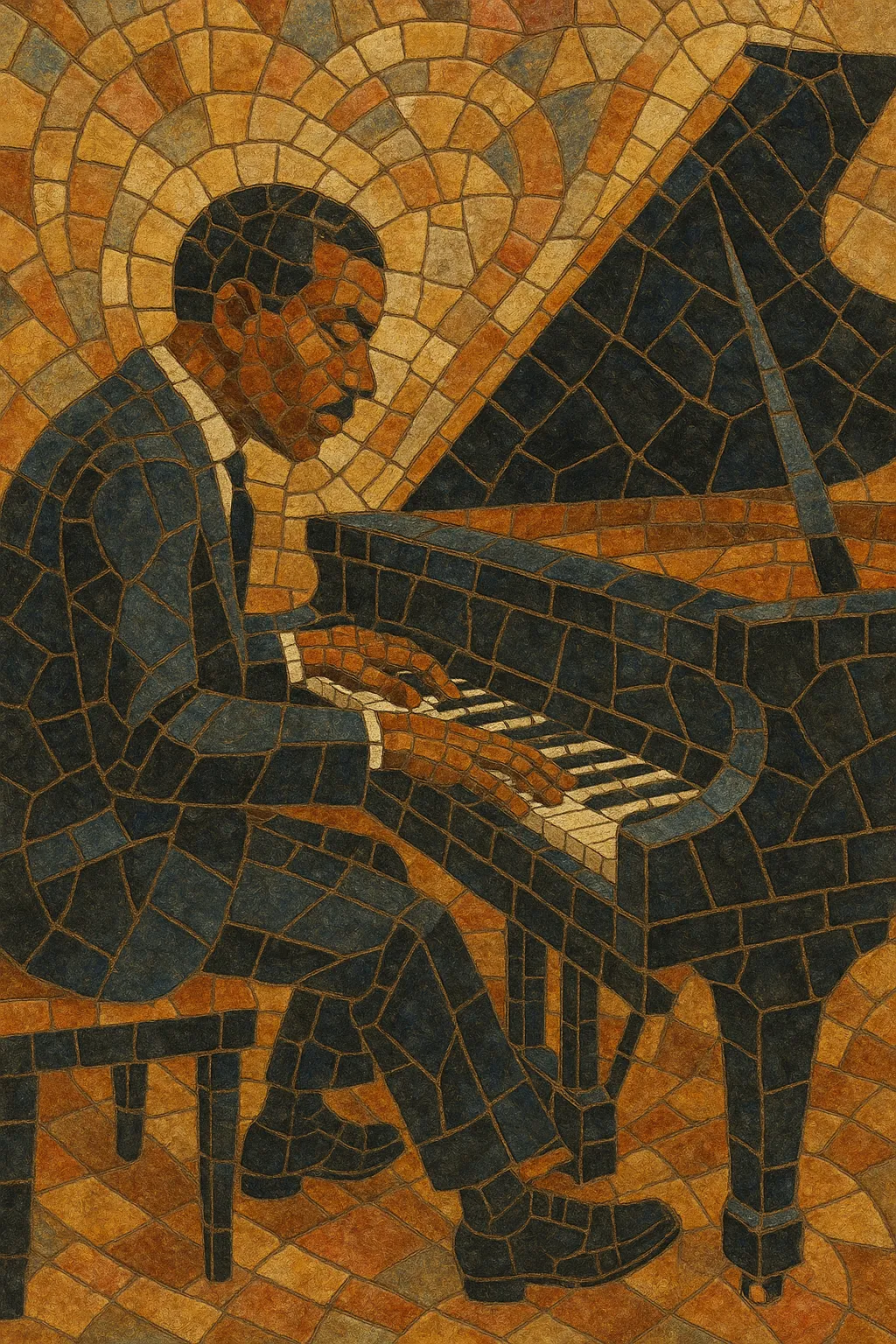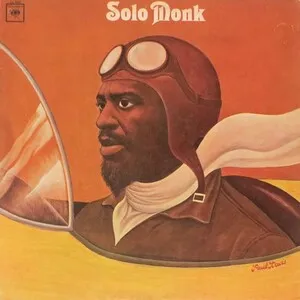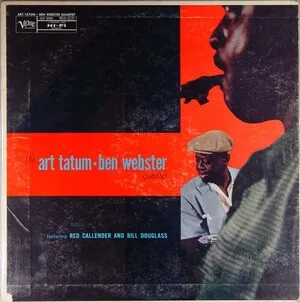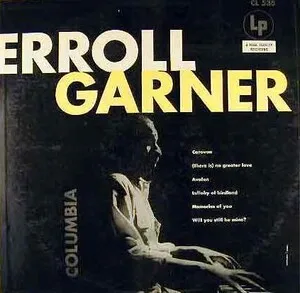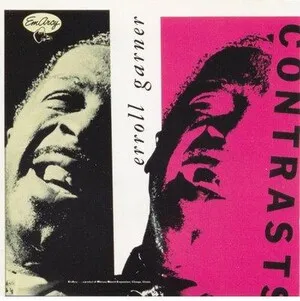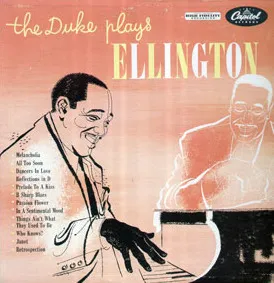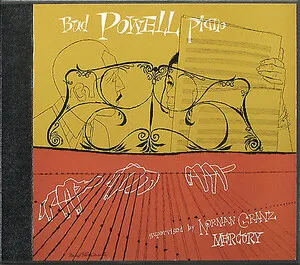Stride (often called Harlem stride piano) is an early jazz piano style distinguished by a powerful, syncopated left hand that "strides" between low bass notes or octaves on beats 1 and 3 and mid‑range chords on beats 2 and 4, while the right hand plays a highly embellished melody, runs, and improvised variations.
Emerging in New York City—especially Harlem—after ragtime, stride expanded the rhythmic looseness, harmonic richness, and improvisational freedom that would feed directly into swing and later jazz piano traditions. It is both virtuosic and danceable, equally suited to fast showpieces and tender ballads, and was central to piano "cutting contests" of the era.
Stride arose in the 1910s in Harlem, New York, as pianists adapted the ragtime tradition to a livelier urban context. While ragtime emphasized written compositions and a more rigid two‑beat feel, early stride players—such as James P. Johnson and Luckey Roberts—introduced a swinging pulse, freer rhythm, and richer harmony. The style’s signature left‑hand “bass note to chord” leap (often spanning tenths) powered rent parties and dances, where pianists competed in informal “cutting contests.”
By the 1920s, stride was the preeminent solo jazz piano idiom. James P. Johnson’s recordings (e.g., “Carolina Shout”) became a rite of passage for pianists. Willie “The Lion” Smith and Fats Waller codified its swagger, humor, and virtuosity, while Duke Ellington and others integrated stride’s drive into band arrangements. The harmonic language broadened—secondary dominants, diminished passing chords, and chromatic approaches became common—foreshadowing swing and, later, bebop harmony.
Stride directly influenced swing‑era piano (e.g., Teddy Wilson, Count Basie) and left an indelible mark on modern jazz pianism. Art Tatum transformed stride’s technical bravura into unprecedented virtuosity and harmonic sophistication, influencing bebop and beyond. Though fewer pure stride specialists emerged after the 1940s, the style remains a foundational technique and a perennial showcase of jazz piano mastery.

